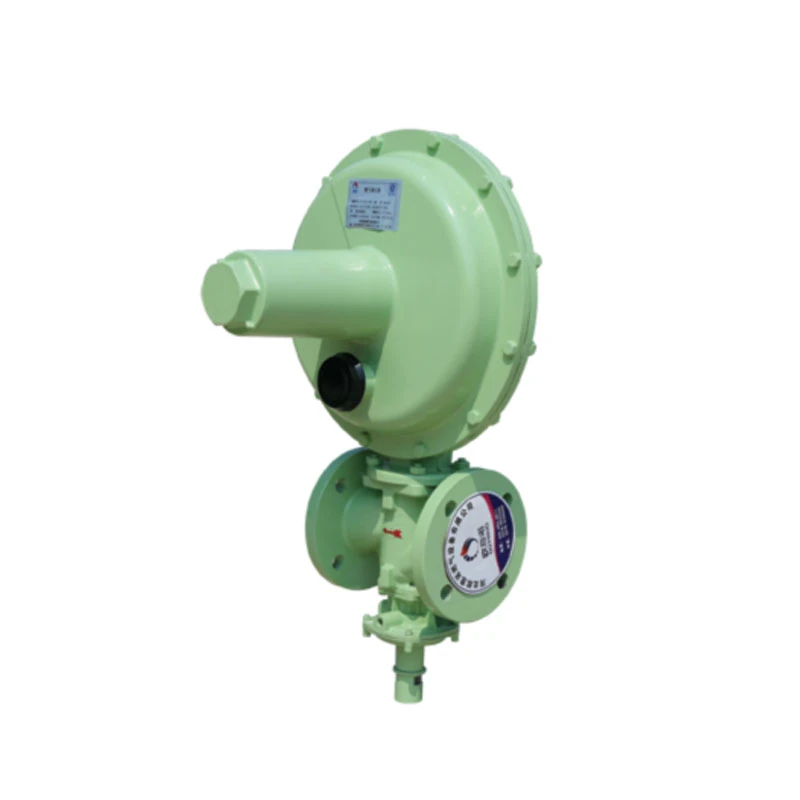
Nov . 20, 2024 17:44
Back to list
natural gas safety valve
Understanding Natural Gas Safety Valves Ensuring Safety and Efficiency
Natural gas plays a vital role in today's energy landscape. It powers our homes, fuels industries, and is increasingly used in transportation. However, with its immense benefits come significant safety concerns. Leaks and pressure surges can lead to catastrophic events, emphasizing the need for robust safety measures. One such measure is the natural gas safety valve. This article delves into the importance, functions, and types of safety valves essential for the safe handling of natural gas.
What is a Natural Gas Safety Valve?
A natural gas safety valve is a critical component designed to prevent pressure buildup and ensure the safe operation of gas systems. These valves automatically relieve excess pressure from the gas lines, maintaining optimal operating conditions. Their primary function is to act as a fail-safe mechanism; in the event of a malfunction or overpressure situation, safety valves will immediately release gas to avoid explosions or fires.
Importance of Safety Valves
The significance of safety valves in natural gas systems cannot be overstated. Here are some key reasons why they are indispensable
1. Preventing Explosions and Fires Natural gas is highly flammable. Accumulation of gas due to a blockage or equipment malfunction can lead to dangerous situations. Safety valves help mitigate this risk by ensuring that excess gas is vented safely.
2. Maintaining System Integrity Gas systems are designed to operate within a specified pressure range. Safety valves help sustain this range, thus preserving the integrity of pipes, fittings, and appliances. Overpressure can cause leaks or ruptures, leading to costly repairs and safety hazards.
3. Regulatory Compliance Many industries that use natural gas are subject to strict safety regulations. Properly functioning safety valves help businesses comply with these regulations, thus avoiding legal issues and potential fines.
4. Enhancing System Efficiency By preventing overpressure scenarios, these valves ensure that gas flows optimally, leading to improved system performance and efficiency.
Types of Natural Gas Safety Valves
There are various types of safety valves employed in natural gas systems, each designed for specific applications
natural gas safety valve

1. Relief Valves These valves are used to release excess pressure from a gas line. They open automatically when pressure exceeds a predetermined limit and close once normal operating conditions are restored.
2. Shut-off Valves These valves provide a means to completely stop the flow of gas in the event of an emergency. They can be manually operated or automatically triggered by pressure sensors.
3. Releaf Valves Similar to relief valves, releaf valves provide a secondary line of defense by allowing for controlled venting of gas. They are particularly important in systems where the amount of gas and pressure can fluctuate significantly.
4. Excess Flow Valves These are designed to shut off the gas flow automatically if it exceeds a certain rate. This feature is crucial in preventing excessive gas release in cases of major leaks.
Maintenance and Best Practices
Ensuring that natural gas safety valves function correctly requires regular inspection and maintenance. Here are some best practices
- Regular Testing Safety valves should be tested periodically to ensure they release pressure at their specified rating. Regular testing helps prevent unexpected failures during critical situations.
- Visual Inspections Routine visual checks can help identify signs of wear or damage, such as corrosion or leaks. Immediate action should be taken if any issues are detected.
- Documentation Keeping accurate records of maintenance and inspection schedules can help ensure compliance with safety regulations and provide a history of valve performance.
- Training Personnel involved in operating and maintaining gas systems should be adequately trained to recognize potential issues and understand the importance of safety valves.
Conclusion
Natural gas safety valves are crucial components in ensuring the safe operation of gas systems. By preventing pressure buildup and mitigating the risks of leaks and explosions, these valves protect lives, property, and the environment. Regular maintenance and adherence to best practices are essential for these devices to function effectively. As we continue to rely on natural gas for our energy needs, the importance of safety valves and their proper implementation will only grow. Investing in safety is not just a regulatory requirement; it is a commitment to the well-being of individuals and communities that depend on this vital energy source.
Next:
Latest news
-
Safety Valve Spring-Loaded Design Overpressure ProtectionNewsJul.25,2025
-
Precision Voltage Regulator AC5 Accuracy Grade PerformanceNewsJul.25,2025
-
Natural Gas Pressure Regulating Skid Industrial Pipeline ApplicationsNewsJul.25,2025
-
Natural Gas Filter Stainless Steel Mesh Element DesignNewsJul.25,2025
-
Gas Pressure Regulator Valve Direct-Acting Spring-Loaded DesignNewsJul.25,2025
-
Decompression Equipment Multi-Stage Heat Exchange System DesignNewsJul.25,2025

